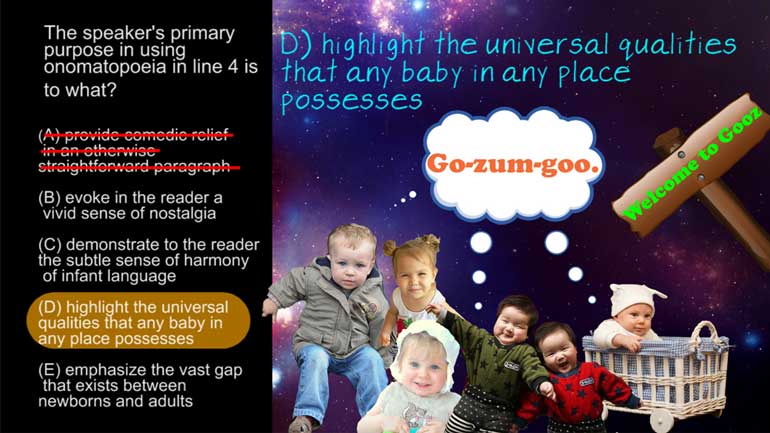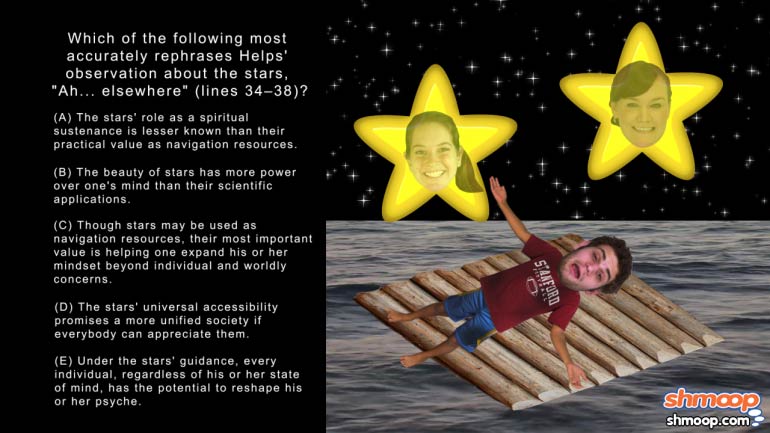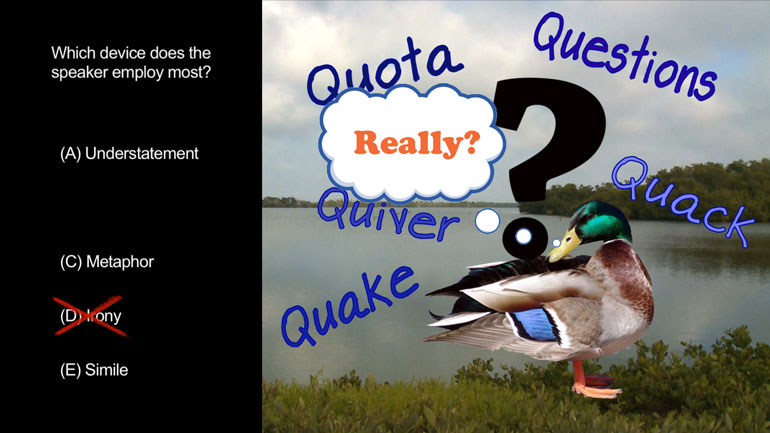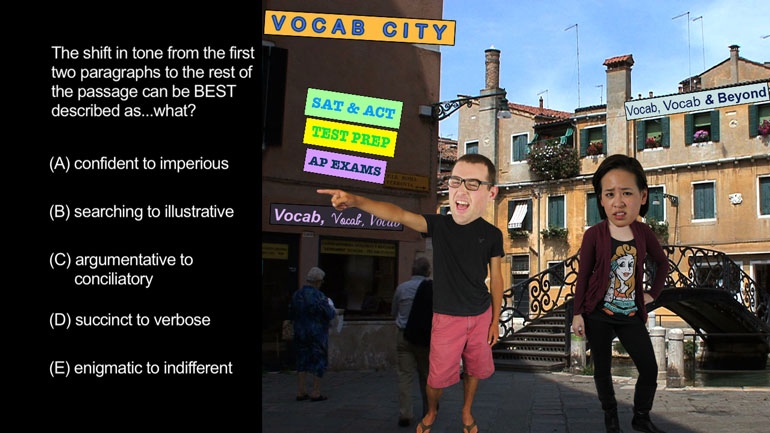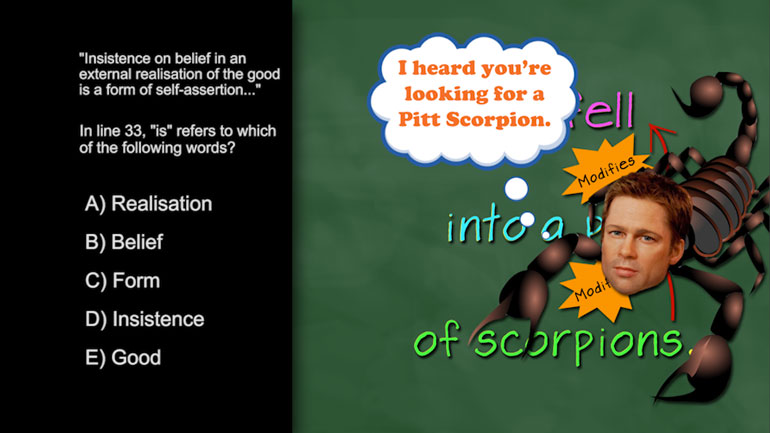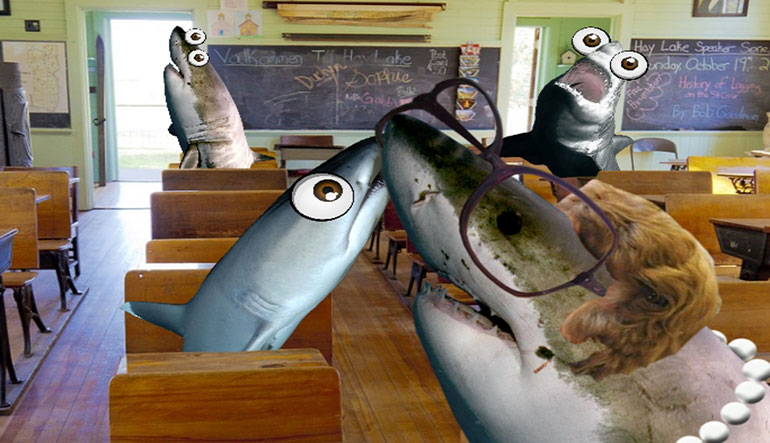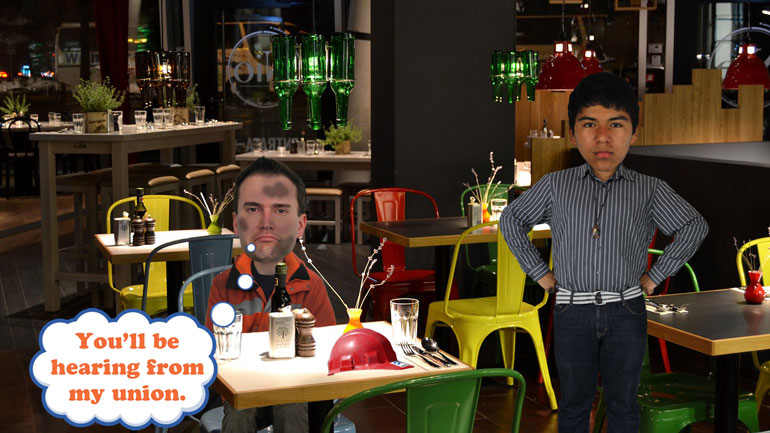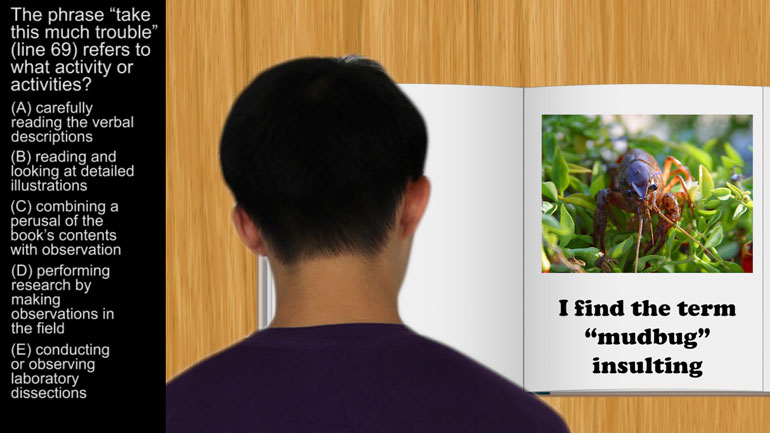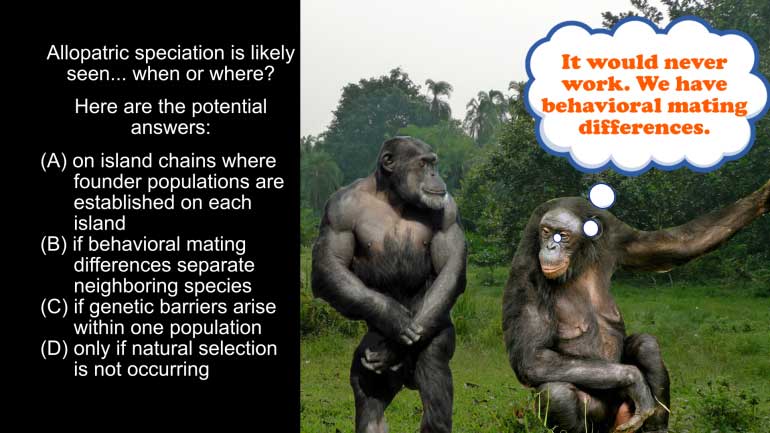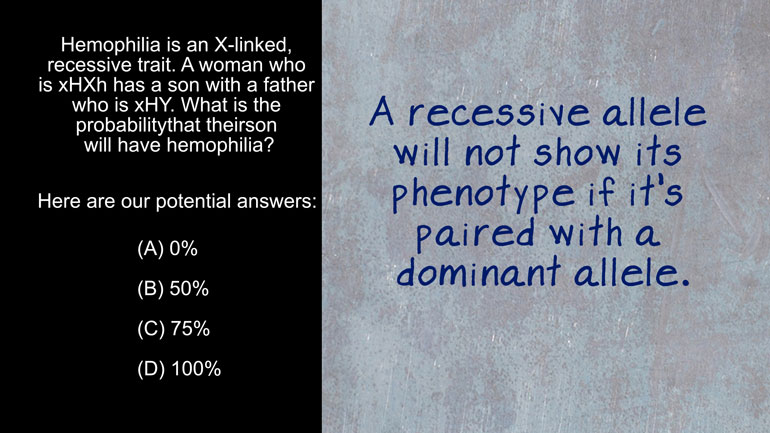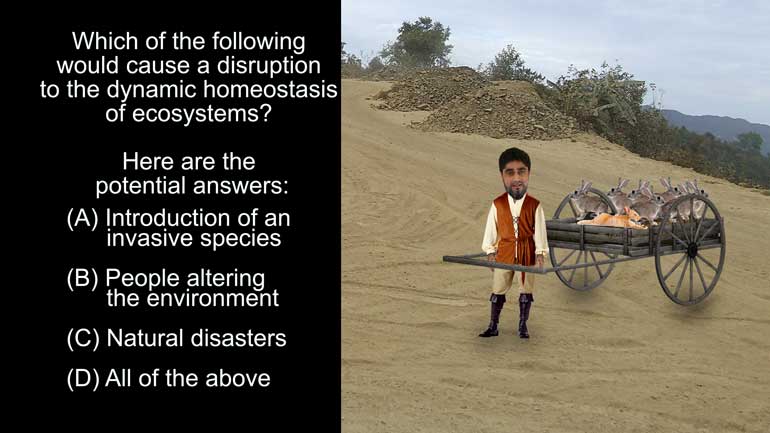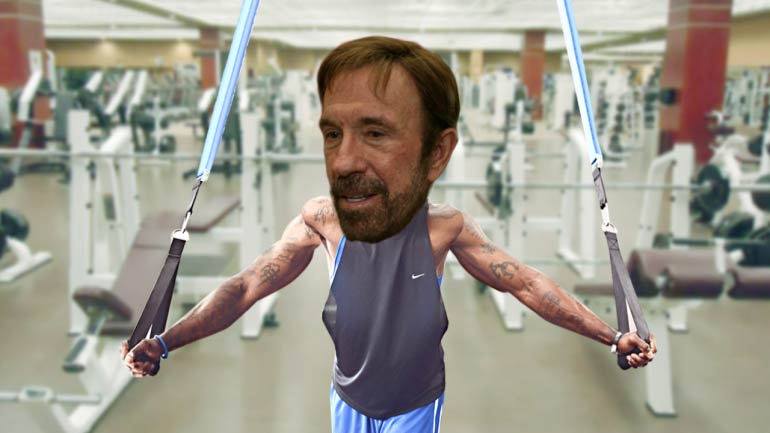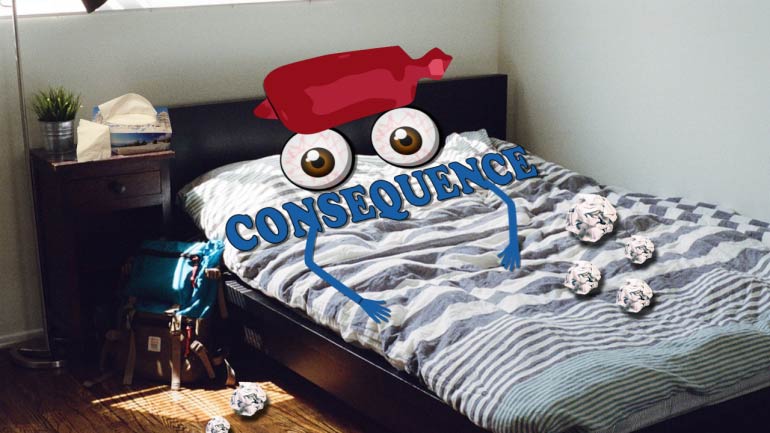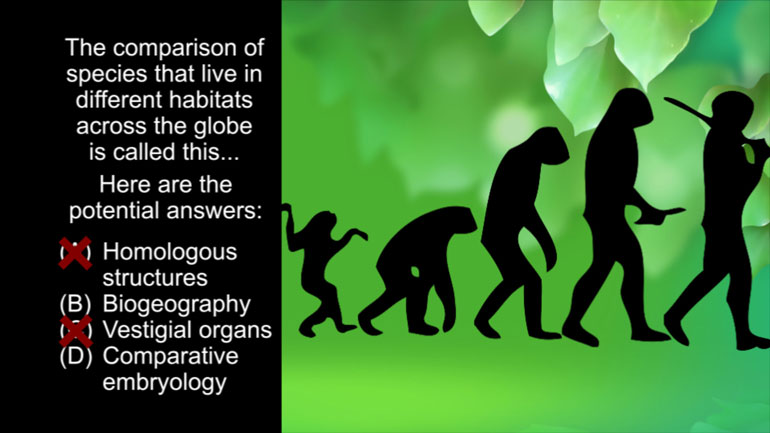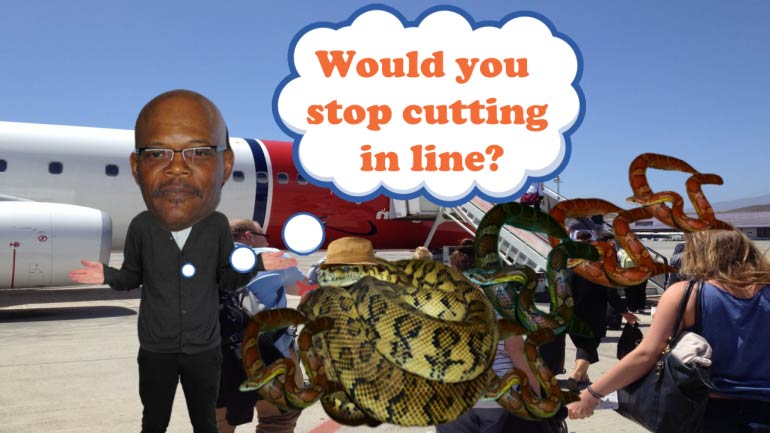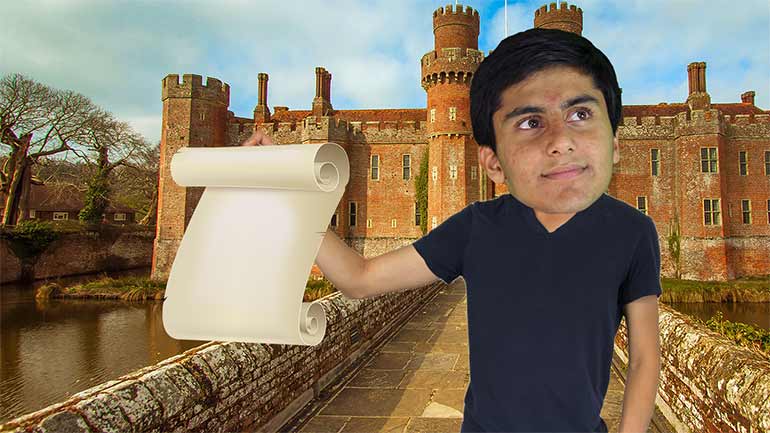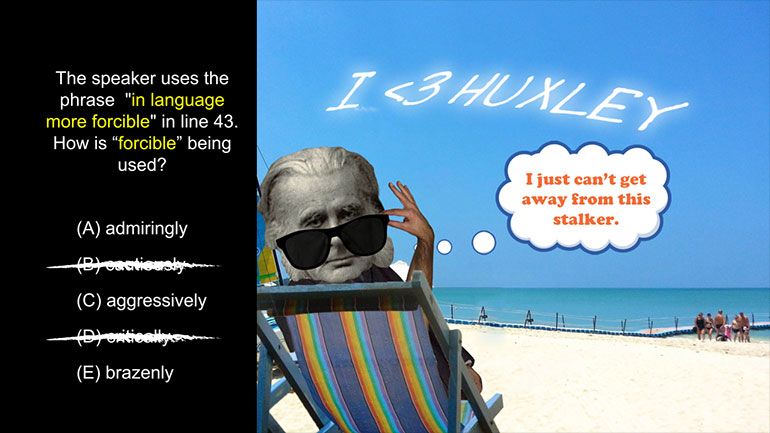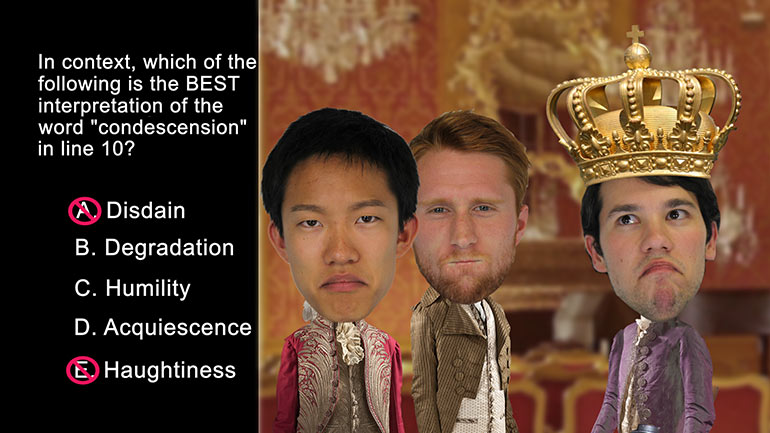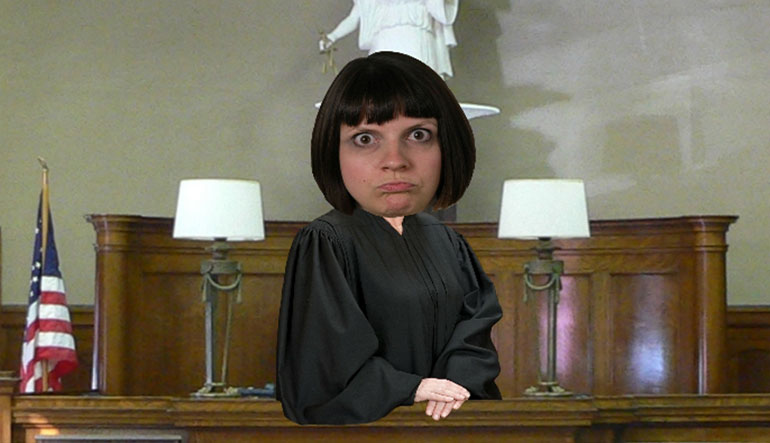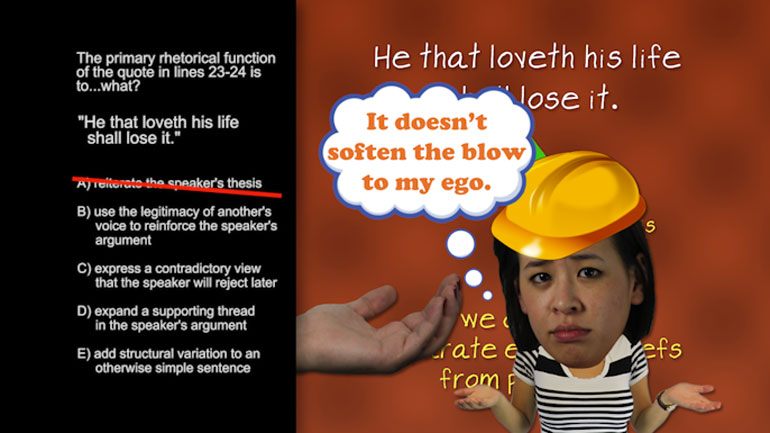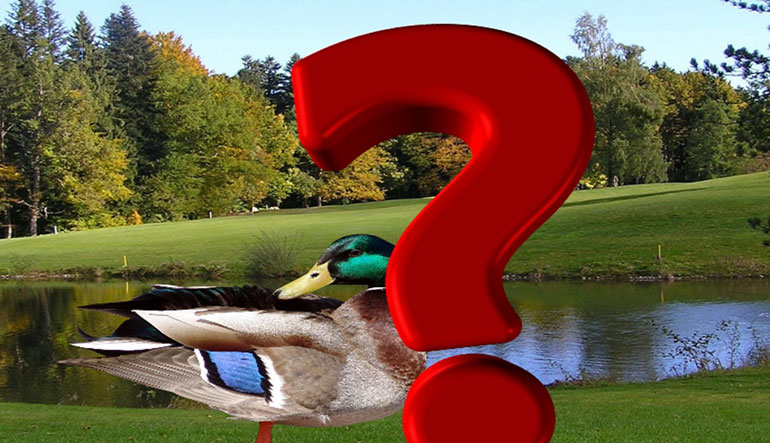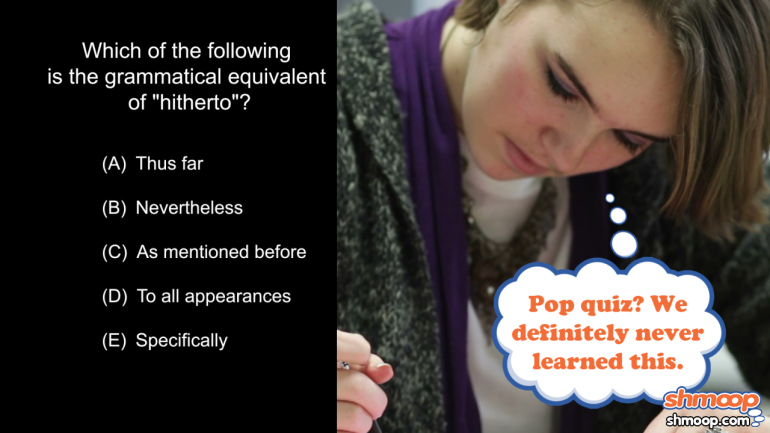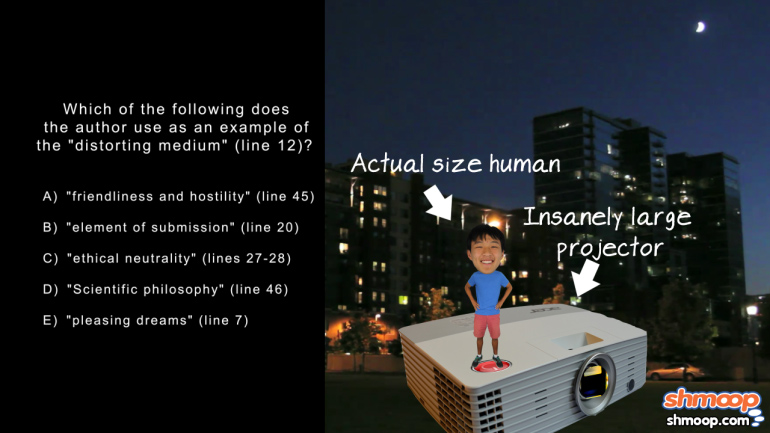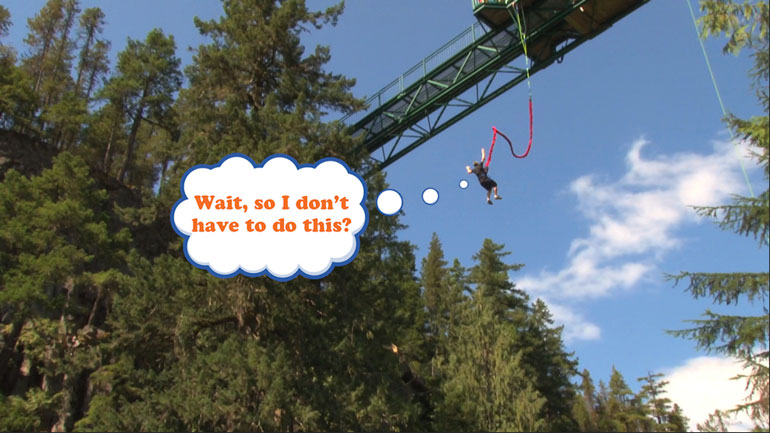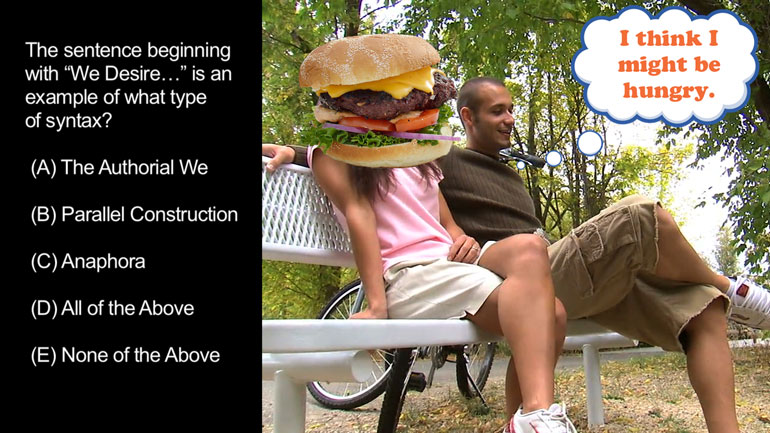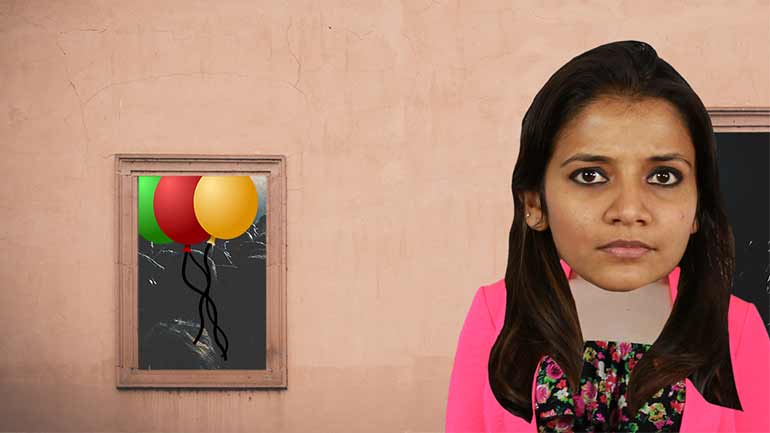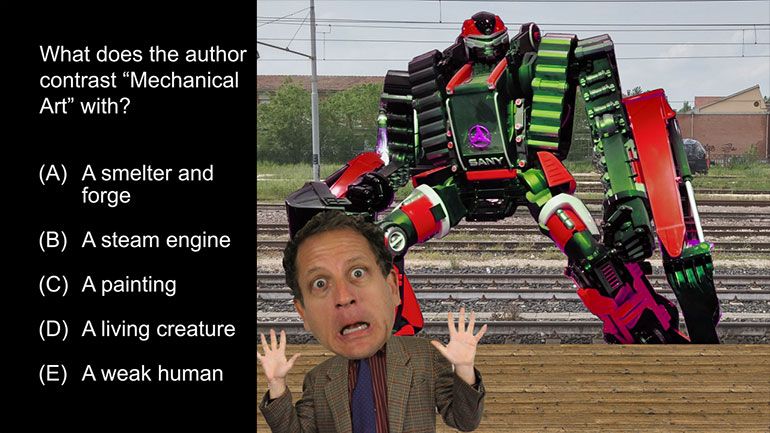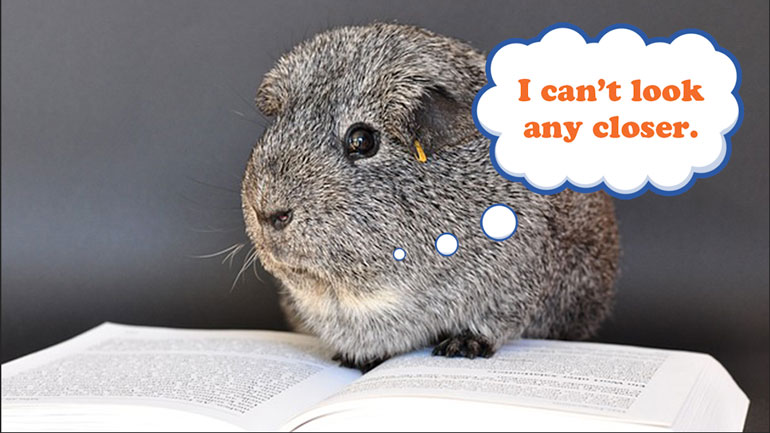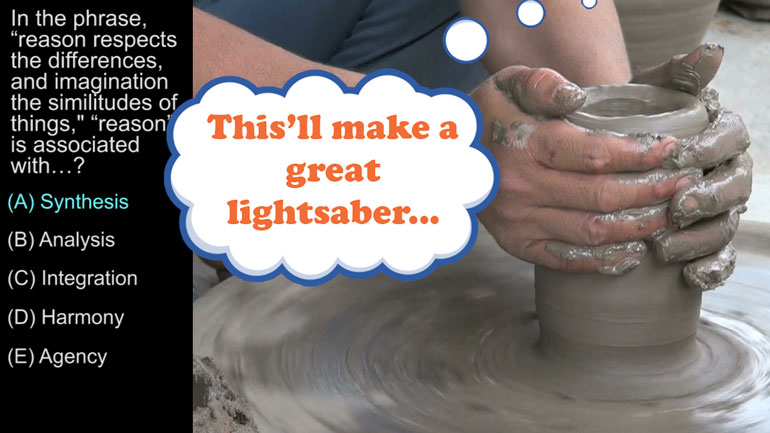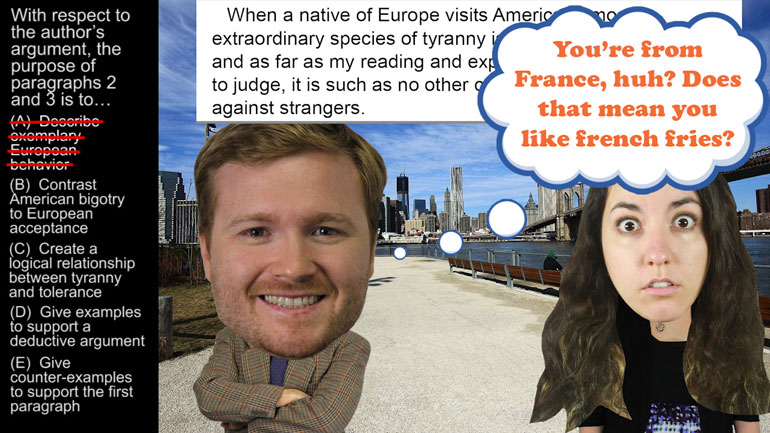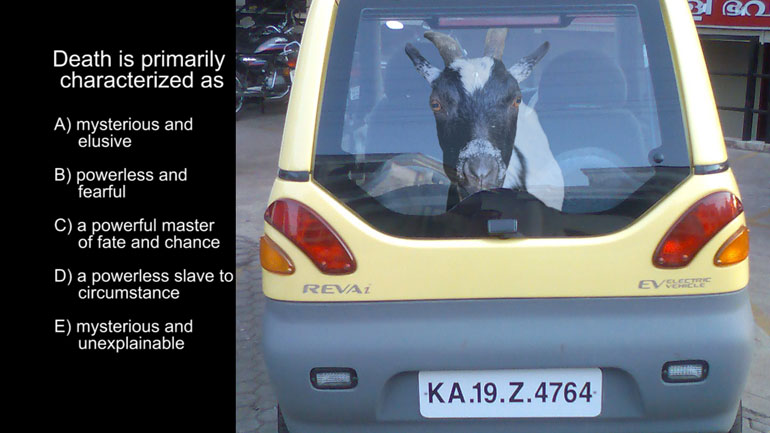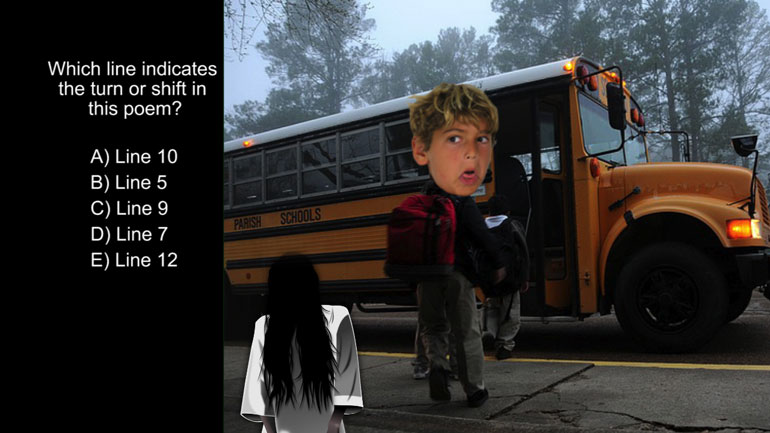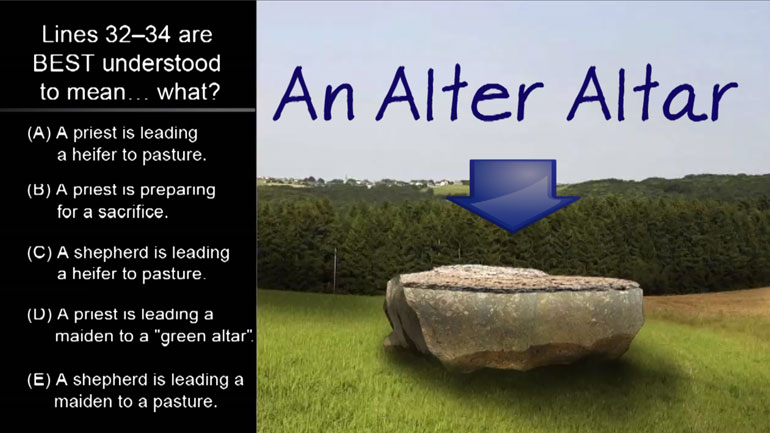ShmoopTube
Where Monty Python meets your 10th grade teacher.
Search Thousands of Shmoop Videos
AP Videos 1345 videos
AP English Language and Composition: Passage Drill Drill 1, Problem 2. What is the speaker's primary purpose in using onomatopoeia in line four?
AP English Literature and Composition 1.1 Passage Drill 7. The primary purpose of this passage is what?
Wishing upon a star may help you pass your AP English Language and Composition test, but answering this question would be a safer bet.
AP Biology 2.5 Evolution 8 Views
Share It!
Description:
AP Biology 2.5 Evolution. These features might be anatomically similar but could have different functions.
Transcript
- 00:04
Here’s your Shmoop du jour, brought to you by anatomy. [Man with Chucknorris's face working out]
- 00:07
Nobody possesses a perfect one, but Chuck Norris is pretty darn close.
- 00:12
Take a look at the following statement: These features might be anatomically similar but
- 00:16
could have different functions.
- 00:18
And here are the possible answers: Well we can knock C off the list right away.
Full Transcript
- 00:26
Vestigiality refers to organisms that have retained organs which have lost their original
- 00:30
functions.
- 00:32
And vestigial organs aren't always necessarily organs [A boy with a magnifying glass looking at his arm]
- 00:35
Ever wonder why you get goosebumps?
- 00:36
Way back when, when humans needed to scare off predators, they would raise their body [Caveman and animal predators appear]
- 00:42
hair to appear larger.
- 00:44
Nowadays we have other ways of dealing with predators.
- 00:47
Like lightsabers.
- 00:49
But since vestigial essentially means functionless, we can eliminate “C”. [Man in black robes with a lightsaber polnts to answer C]
- 00:53
What about “D”?
- 00:54
Does comparative embryology have anything to do with functioning features?
- 00:58
Ehhh...not really. [Two eggs and one cracks and a chick appears]
- 01:01
Comparative embryology studies look at how animal life is related
- 01:04
...or not related. [An egg cracks and a cow appears]
- 01:06
Nothing to do with what our question is asking.
- 01:08
“D” is out.
- 01:09
B isn't our answer either.
- 01:11
Biography is the study of how species and ecosystems are distributed throughout our [Animals and plants on the Earth spinning around]
- 01:17
world.
- 01:18
It's the reason why polar bears aren't surfing in Malibu right now... [A polar bear holding a surfboard]
- 01:20
...and why you can’t have a pineapple tree in North Dakota.
- 01:24
So we can get rid of B. That leaves “A.” Homologous structures
- 01:27
are anatomically similar, but could have different functions.
- 01:31
Think about the femur for a second. [A human and horse in the woods]
- 01:33
Our femur may be anatomically similar to a horse's, but they serve slightly different
- 01:38
functions.
- 01:39
A thoroughbred can reach 35 to 40 miles per hour,
- 01:42
While some Shmoopers can barely make it to 3rd period math on time. [Student late for class and teacher yells]
- 01:48
So “A” is our correct answer.
- 01:49
Maybe one day we'll find a human with a superior femur. [Chucknorris running through the forest]
- 01:53
...Maybe we already have.
Related Videos
AP Biology: Biological System Interactions Drill 1, Problem 1. Complete the sentence about a saturated fatty acid.
AP Biology: Essential Life Process Information Drill 1, Problem 1. If one parent is heterozygous for the sickle cell trait while the other par...
AP Biology: Evolution Drives the Diversity and Unity of Life Drill 1, Problem 1. The first cells on planet Earth were likely what?
AP Biology: Free Energy and Molecular Building Blocks Drill 1, Problem 1. Which statement incorrectly describes the properties of water?
AP® Biology: Evolution Drives the Diversity and Unity of Life Drill 1, Problem 2. What was likely the first genetic material?
